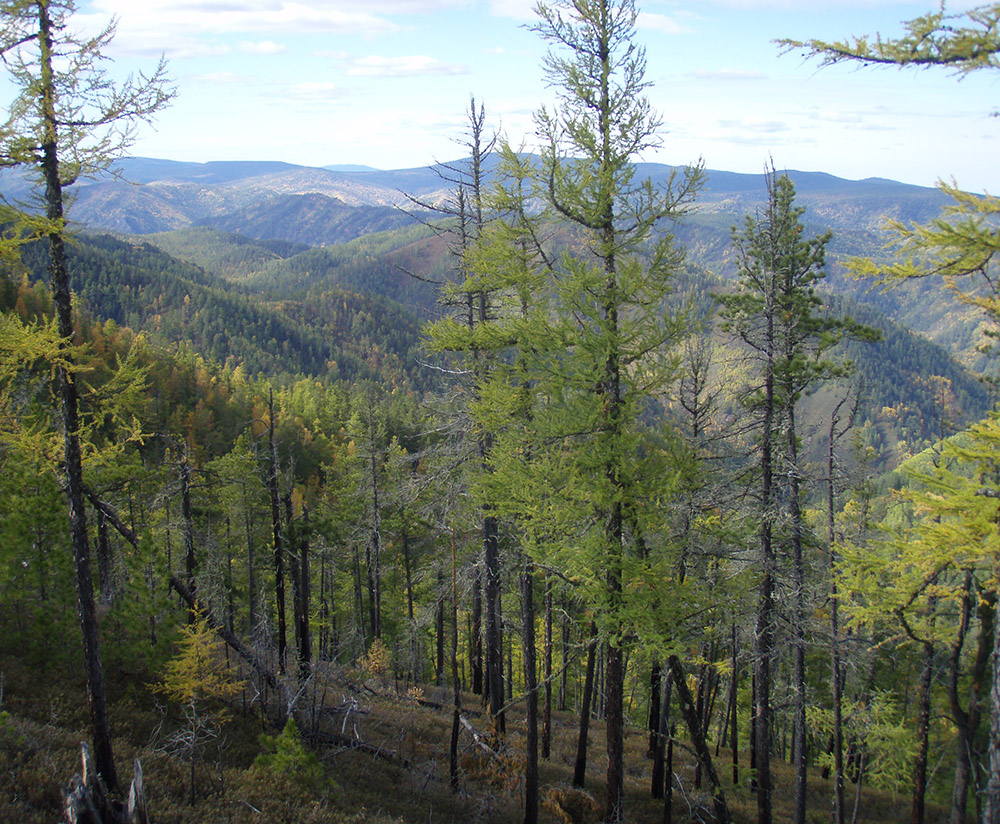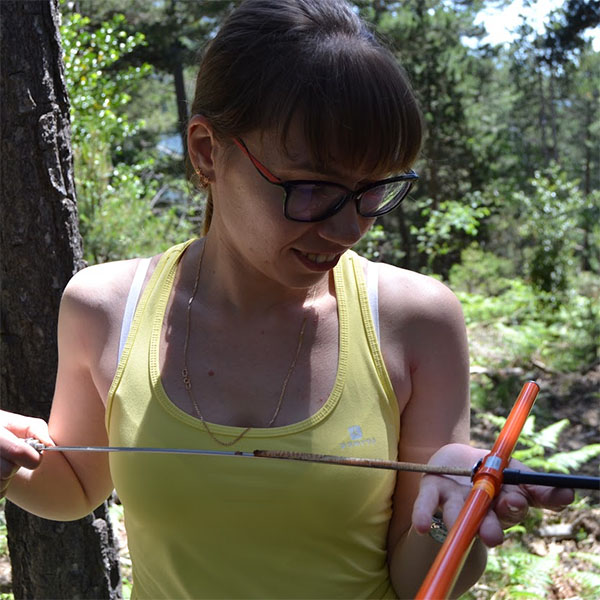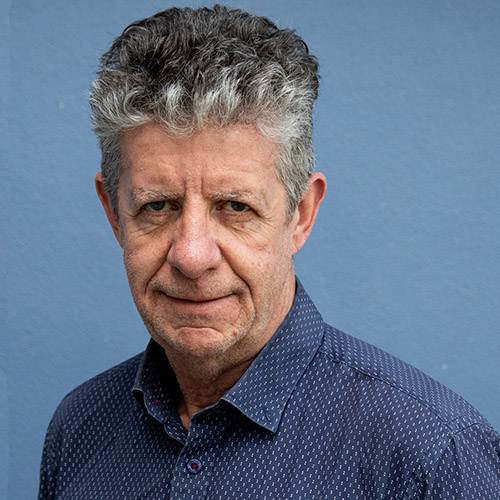Forests around the world are under immense pressure from human land use and climate change. Old-growth and primary forests have been continually targeted and degraded in recent decades, yet are generally more resilient and resistant to climate change effects, when compared to human-modified forests.
Nowhere is this more evident than in Russian Siberia, which contains almost one-fifth of the world’s forest area and has been subjected to a variety of land uses and disturbances since the mid-20th century. Although a number of related geospatial products exist, there are no large-scale maps of old-growth and primary forests across Siberia.
However, remotely sensed metrics of 'forest stability' have been shown to relate to old-growth and primary forests in tropical and boreal environments.
A forest stability index (FSI) is based on time-series analysis of fPAR and SIWSI and provides useful insights into how forest canopy processes (e.g., photosynthesis, plant water use) respond to natural and anthropogenic disturbances such as drought, logging or altered wildfire regimes. FSI trends can be used to distinguish stable from unstable forests, including the effects of past disturbances and those occurring during the time series.
In this study we applied ecological stability indices from the Moderate Resolution Imaging Spectroradiometer (MODIS) sensors across imagery of boreal forests in Siberia between 2003 to 2020. Our results indicate that forests in the central and southern 'Taiga' contain most areas of high stability, but also distinct zones of disturbance and low stability.
Our study identified three regions with particularly low forest stability:
- Zabaikal region in southern Siberia;
- a portion of the central Taiga spanning the Republic of Sakha (Yakutia); and
- West Siberian lowlands.
Our FSI approach has been shown to be useful in monitoring Siberian boreal forest condition, and could be applied to other boreal forested regions to identify all types of forest stress, including that caused by direct human activities, natural disturbances or related to climate variability. Such an approach can providing a more complete picture of forest condition in the face of global change.
Article authors
Tatiana Shestakova
Brendan Rogers
Brendan Mackey
Sonia Hugh
Patrick Norman
Additional authors
Elena Kukavskaya
Reference
Shestakova, T. A., Rogers, B. M., Mackey, B., Hugh, S., Norman, P., & Kukavskaya, E. A. (2024). Tracking ecosystem stability across boreal Siberia. Ecological Indicators, 169, 112841. https://doi.org/10.1016/j.ecolind.2024.112841






